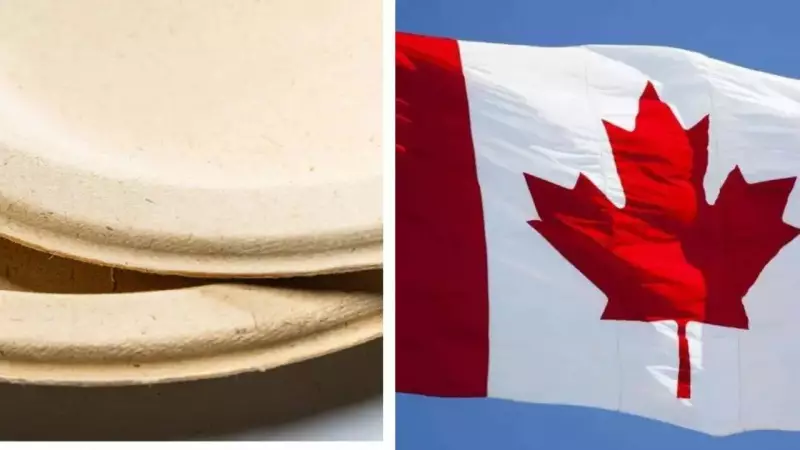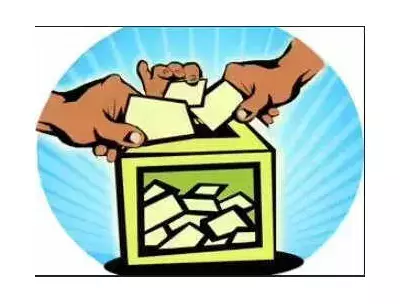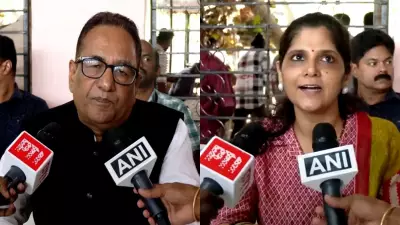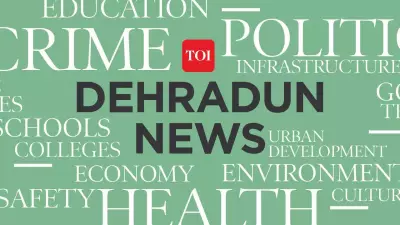
In a move that has left social media users both baffled and amused, the Canadian government has announced a formal investigation into paper plate imports, triggering an avalanche of online mockery and sarcastic commentary.
The Investigation That Stirred the Internet
The Canadian government's decision to launch a probe targeting paper plate imports has become the unlikely subject of viral attention. While officials likely expected the announcement to pass with little notice, internet users had other plans, transforming the bureaucratic decision into a trending topic overnight.
Social Media Erupts in Sarcasm
Platforms like Twitter, Facebook, and Instagram exploded with reactions ranging from genuine confusion to outright mockery. "Finally, I can sleep peacefully knowing our paper plates are being thoroughly investigated," wrote one user, capturing the tone of many responses.
Another comment that gained significant traction read: "While housing costs soar and healthcare waits lengthen, at least our picnicware is getting the attention it deserves." The sarcastic gratitude became a recurring theme across multiple platforms.
The 'Very Much Safe' Phenomenon
A particular phrase began trending alongside the news: "feeling very much safe." Social media users adopted this expression to ironically comment on how the paper plate investigation supposedly enhanced their sense of security and well-being.
Memes featuring elaborately guarded paper plates, dramatic security setups for backyard barbecues, and mock-serious discussions about "plategate" flooded timelines, demonstrating the internet's unique ability to turn bureaucratic announcements into cultural moments.
Government's Stance Versus Public Perception
While the government maintains that the investigation addresses legitimate trade and safety concerns, the public response highlights a significant gap between official priorities and public perception of what constitutes urgent governance matters.
The incident raises questions about how governments communicate their initiatives and why certain decisions capture public imagination in unexpected ways. What officials might view as routine regulatory work, the public sometimes interprets through the lens of immediate, pressing concerns affecting their daily lives.
This episode serves as another reminder of how social media can amplify and reshape government announcements, often in ways that authorities neither anticipate nor welcome.





